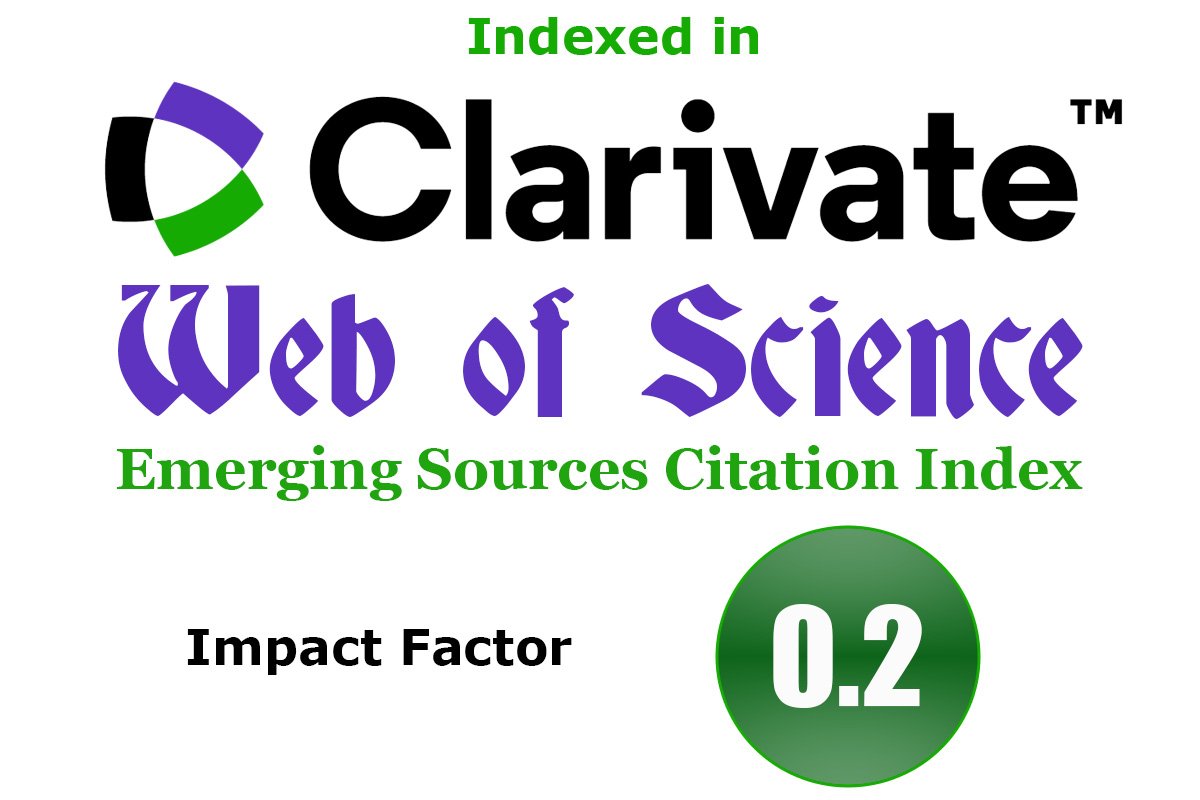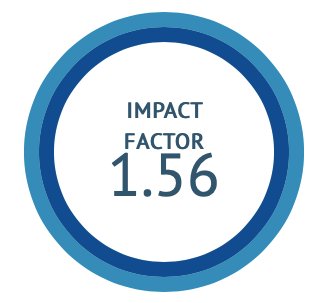Advancing Type 2 Diabetes Mellitus Treatment with Computer Aided Drug Design
DOI:
https://doi.org/10.47552/ijam.v16i1.5133Keywords:
Diabetes, Organo sulfur compounds, Computer Aided Drug Design, PPAR-γ, GP, Insulin resistanceAbstract
Diabetes Mellitus is a worldwide chronic metabolic disorder characterized by pancreatic cell damage, or insulin resistance, and relative insulin insufficiency. Diabetes is also known as the third killer in humans after cancer and heart attack. This project seeks to tackle the prevalent global health challenge of diabetes mellitus through the application of in silico methods, a promising avenue in drug discovery and development. Our primary objective is to identify therapeutic targets for diabetes treatment, with a specific focus on Peroxisome Proliferators Activated Receptor Gamma (PPAR-γ) and Glycogen Phosphorylase (GP). Utilizing in silico techniques, we aim to explore the interaction of these targets with potential therapeutic agents to develop more potent treatments. Our project is centered on investigating the therapeutic potential of Organo Sulfur Compounds and understanding their interaction mechanisms with receptors using in silico techniques. The overarching aim is to expedite the discovery of novel, efficient, and safe treatments for diabetes mellitus. Computational tools like PyRx, SwissADME, Biovia Discovery Studio, ADMET SAR were used to check the binding and drug forming abilities of ligands under study. It is a faster and more accurate process as compared to the actual experimental trial and error method. Databases like PubChem, PDB and NCBI were also used. In addition to these the other software that were used are SwissADME, Marwin Sketch and OSIRIS data explorer.
Downloads
Published
How to Cite
Issue
Section
License
Copyright (c) 2025 International Journal of Ayurvedic Medicine

This work is licensed under a Creative Commons Attribution-NonCommercial-ShareAlike 4.0 International License.
The author hereby transfers, assigns, or conveys all copyright ownership to the International Journal of Ayurvedic Medicine (IJAM). By this transfer, the article becomes the property of the IJAM and may not be published elsewhere without written permission from the IJAM.
This transfer of copyright also implies transfer of rights for printed, electronic, microfilm, and facsimile publication. No royalty or other monetary compensation will be received for transferring the copyright of the article to the IJAM.
The IJAM, in turn, grants each author the right to republish the article in any book for which he or she is the author or editor, without paying royalties to the IJAM, subject to the express conditions that (a) the author notify IJAM in advance in writing of this republication and (b) a credit line attributes the original publication to IJAM.




